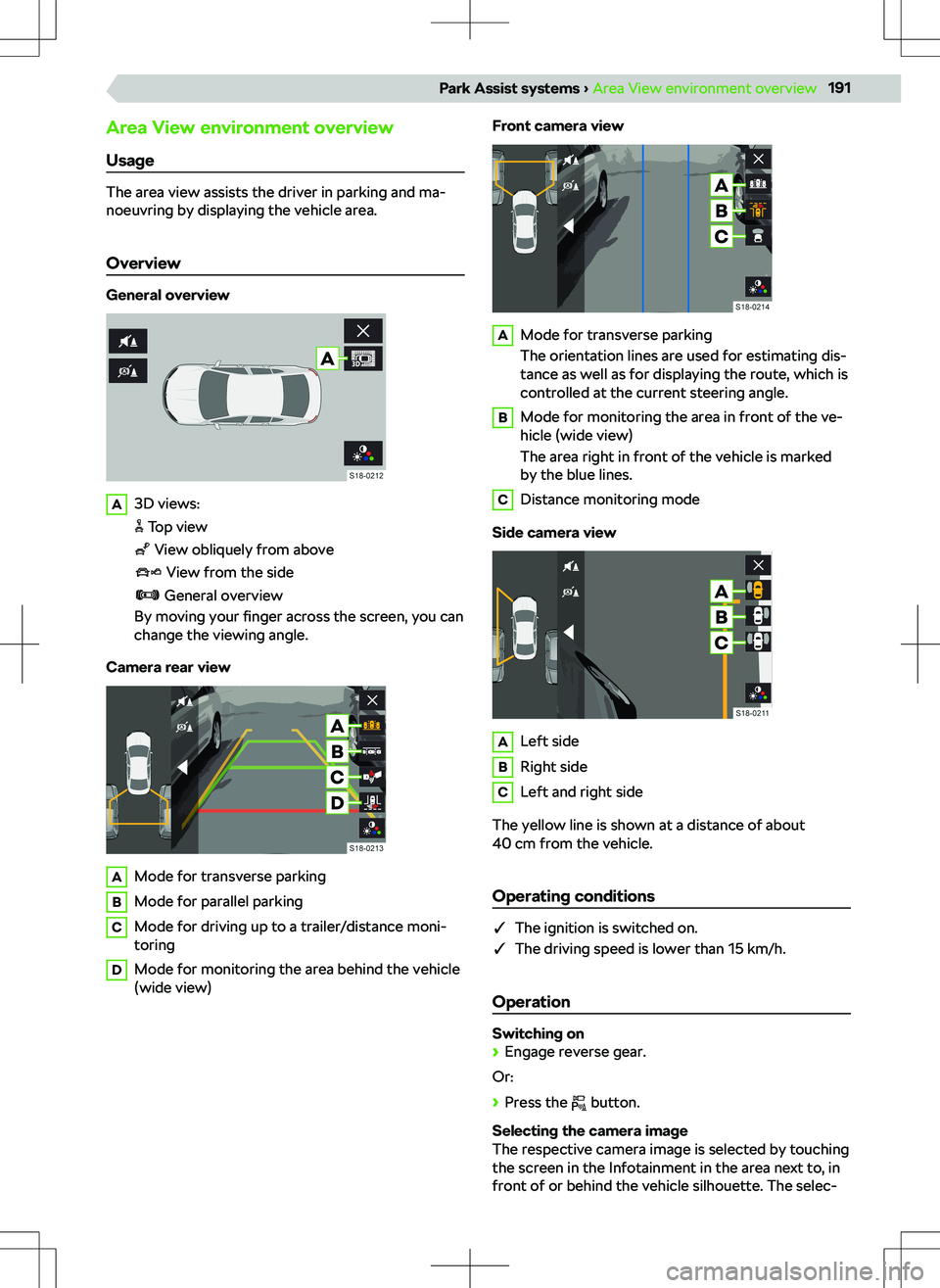Page 16 of 256
SymbolMeaningThe cruise control system controls
the driving speed
Page 133 of 256
Set the maximum speed for trailer operation to cor-
rectly calculate the route time.
Page 179 of 256
Driver assist systems
Braking and stabilising systems Overview
Stabilisation control (ESC)
ESC helps to stabilize the vehicle in borderline situa-
tions (e.g. when the vehicle starts to skid). ESC
brakes the individual wheels to maintain the direc-
tion of travel.
flashes - ESC is engaged
ESC Sport
ESC Sport allows for a sportier driving style.
lit up - ESC Sport is activated
Traction control (TCS)
ASR helps to stabilize the vehicle when accelerating
or driving on low-grip roads. ASR reduces the drive
power transmitted to the wheels when the wheels
spin.
flashes - ASR is engaged
Antilock braking system (ABS)
ABS helps maintain control of the vehicle during
emergency braking. An ABS intervention is noticea-
ble by pulsating movements of the brake pedal.
Motor Slip Regulation (MSR)
MSR helps to maintain control of the vehicle in the
event of a sudden reduction in speed, e.g. on icy
roads. If the drive wheels lock, MSR increases the
engine speed. This reduces the braking e
Page 182 of 256
Variant with ACCActivate ACC (condition for the subsequent
activation of the limiter). To activate the limit-
er, press the button
on the multifunction
steering wheel and the menu item in the in-
strument cluster
Speed limit
in the instrument
cluster.
Resume control 1)
/ Increase limit in incre-
ments of 1 km / h (sprung position)Interrupt control (sprung position)Deactivate limiterIncrease limit in steps of 10 km/hDecrease limit in steps of 10 km/hStart control/Reduce limit in steps of 1 km/h
Exceeding the limit
Page 183 of 256
Adaptive Cruise Control (ACC)Functionality
Control
ACC maintains the set speed. When your vehicle ap-
proaches the vehicle in front, ACC will automatically
start to maintain the set distance to this vehicle.
Maintaining the set speed and the distance will here-
inafter be referred to as Control.
WARNING
ACC does not respond to stationary objects or to
crossing or oncoming objects.
ACC is intended primarily for use on motorways.
Speed range
Depending on the equipment, ACC allows a speed
setting in the range of 30-160 or 30-210 km/h.
If control is started at a speed of less than 30 km/h
on vehicles with an automatic transmission, the
speed is automatically increased to 30 km/h or con-
trolled according to the speed of the vehicle ahead.
Distance level
The distance to the vehicle ahead can be adjusted to
five di
Page 187 of 256

The system warns of an approaching vehicle through
the warning light in the exterior mirror cover on
the side of the vehicle where the vehicle is recog-
nized.
Driving situations in which a system warning is
given
Your vehicle will be overtaken by vehicle
A.
The fast-
er the vehicle
A
approaches, the earlier the warning
light comes on.
Vehicle
B
is overtaken by your vehicle at a speed
that is faster by max. 10 km/h. If the speed is higher
during the overtaking process, no warning will be
provided by the indicator light.
Indicator light
illuminates - there is another vehicle behind your
vehicle
flashes - there is another vehicle behind your ve-
hicle, and the turn signal on the same side is switch-
ed on
For vehicles with Lane Assist The indicator light
flashes even if your vehicle crosses the boundary line
in the direction of the approaching vehicle. The sys-
tem will trigger a steering wheel vibration in this
case.
For this, Lane Assist must be activated and the boun-
dary line between the vehicles recognized.
Operating conditions
�q The driving speed is higher than 15 km/h.
�q No accessories are connected to the trailer sock-
et.
Function restriction
The system cannot detect lane width. For this rea-
son, it may, for example, draw attention to a vehicle
in a distant lane in the following cases.
Page 188 of 256
Example of road sign display
Example of additional characters Example of several traffic signs recog-
nized at the same time.
Speed units
The speed information in the displayed traffic signs
refer to the country-specific speed units.
For example, the displays
refer to 30 km / h or 30
mph, depending on the country.
Restriction
The system function may be restricted in the follow-
ing cases.
Page 193 of 256

Area View environment overview
Usage
The area view assists the driver in parking and ma-
noeuvring by displaying the vehicle area.
Overview
General overview
A3D views:
Top view
View obliquely from above
View from the side
General overview
By moving your finger across the screen, you can
change the viewing angle.
Camera rear view
AMode for transverse parkingBMode for parallel parkingCMode for driving up to a trailer/distance moni-
toringDMode for monitoring the area behind the vehicle
(wide view)Front camera viewAMode for transverse parking
The orientation lines are used for estimating dis-
tance as well as for displaying the route, which is
controlled at the current steering angle.BMode for monitoring the area in front of the ve-
hicle (wide view)
The area right in front of the vehicle is marked
by the blue lines.CDistance monitoring mode
Side camera view
ALeft sideBRight sideCLeft and right side
The yellow line is shown at a distance of about
40 cm from the vehicle.
Operating conditions
�q The ignition is switched on.
�q The driving speed is lower than 15 km/h.
Operation
Switching on